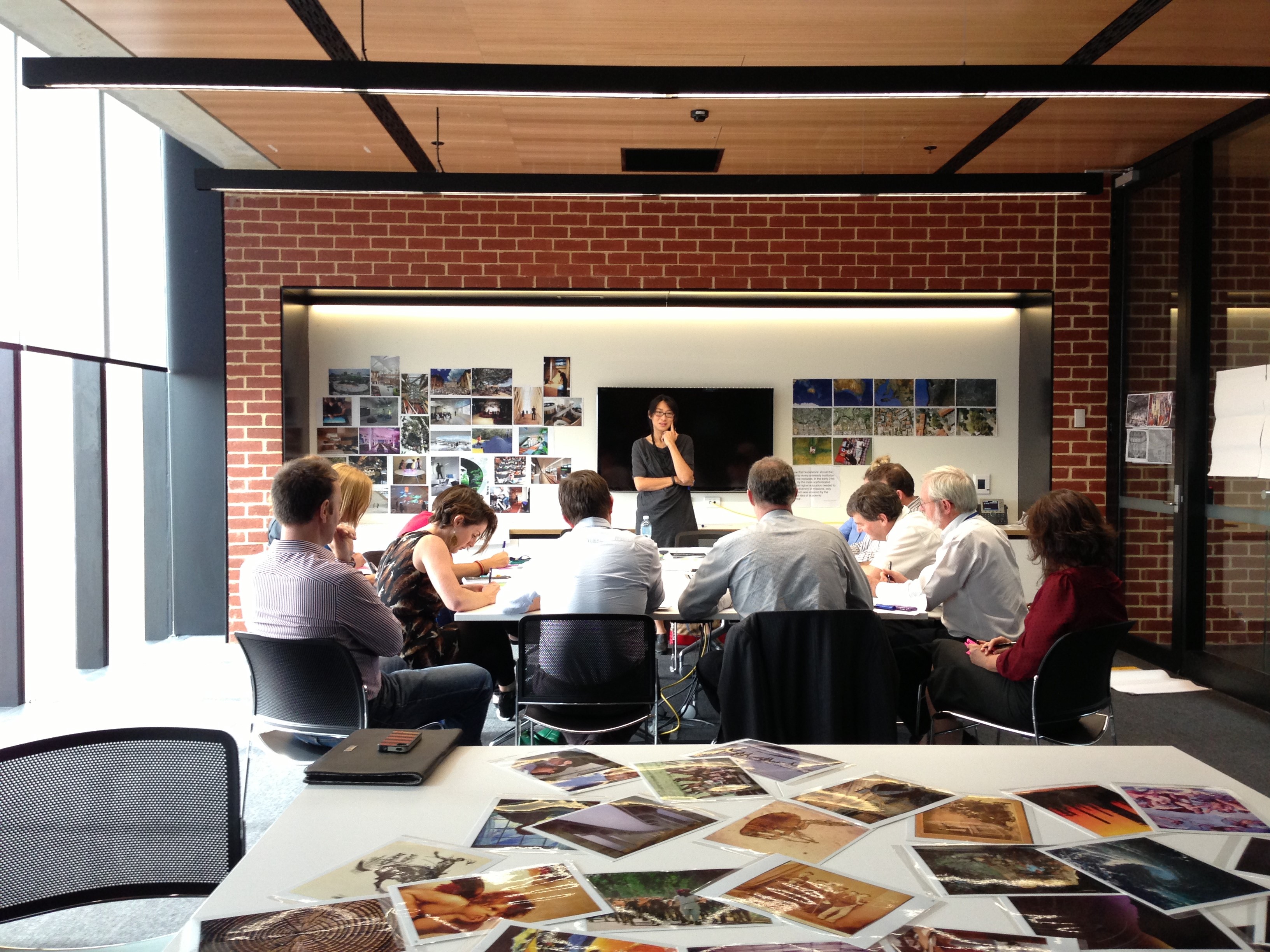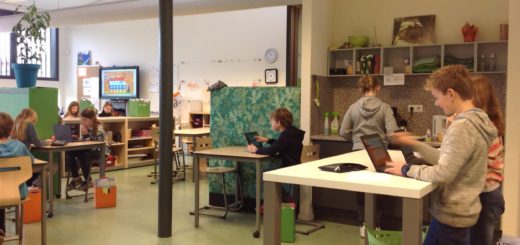Addressing architecture’s wicked problems through affordances

In this guest post we are re-posting an article recently published by Fiona Young, architect and ILETC PhD student , on the Association of Consulting Architects Australia website about the importance of briefing as a key part of the architect’s role and developing a common understanding with clients to ensure the best outcome, and charge fees accordingly.
A few items on social media caught my attention this week tying together my research on innovative learning environments (ILEs) and big issues facing the profession of architecture such as fees, equity and public perception.
The first was a discussion on Twitter started by Shaun Carter, the immediate past president of the NSW Australian Institute of Architects questioning whether an updated fee guide was required. This led to further commentary on underquoting and in turn negative aspects of the profession including exploiting underpaid or unpaid labour, a culture of long hours and gender inequity within the profession. Michael Bleby ,journalist at the Australian Financial Review suggested that architects need to demonstrate the value of design to be better understood and valued by the wider community.
The second was a heated debate via Twitter and reported on Dezeen about the inaccessibility and use of architectural language in connecting with the public. Thirdly, an Architectural Record article discussed the wicked problem of architects salaries relative to comparable professions, exclusively fee-driven selection criteria, and the need to explore new models for practice including an outcome-based delivery system. Examples alluded to included offices to boost the effectiveness of workers, schools to teach better, and hospitals that promote faster healing.
These conversations relate to my research which is part of a major interdisciplinary Australian Research Council (ARC) project called Innovative Learning Environments and Teacher Change (ILETC), part of the Learning Environments Applied Research Network (LEaRN) at the University of Melbourne. The project aims to support teachers use of new learning spaces, or innovative learning environments (ILEs) as they are commonly termed. My research seeks to define the ‘affordances’ of ILEs, that is, the properties of the environment that enable student learning activities and behaviours. Having a common language around the design of schools supports architects and educators towards the collective creation of better spaces for teaching and learning.
When I started my PhD, I recall attempting to explain affordances to a well-regarded principal of a large architectural practice who said, “that’s what we (architects) do”. Having now completed a number of case studies investigating the perceptions of architects and educators of the affordances of learning environments, Alexander Koutamanis’s paper “Buildings and Affordances” (2006) resonates. He states that there is an “assertion that the capable architect caters for such aspects intuitively”, yet “designers can be selective in what they consider to be critical and rather negligent of what they deem to be less important simply because users can be flexible, adaptable and tolerant to design limitations despite constant irritation and frustration.”
While I recognise how complex it is to deliver good architecture in which form, function and beauty seamlessly co-exist, I often see or hear examples in which user function is compromised in purpose-designed spaces. Examples such as built-in bench seats which aren’t a comfortable height for working at when paired with a table, or educators who got regular whiteboards installed into their new spaces as they thought all whiteboards were magnetic and hence hadn’t specifically articulated this need. These are details which users experience and which Koutamanis suggests architects are “arguably less successful with the sharp definition of intended functions, presumably because of the complexity of human activities in the built environment.” Data from my initial research supports this in showing that while architects and educators see similar generic affordances in learning spaces, as active users of these spaces, teachers recognised more detailed possible uses of space than architects.
So how can architects bridge the gap with potential clients to create more outcomes driven results if we struggle to even speak the same language as our audience? Large-scale wide-reaching projects such as ILETC are important in helping address this in relation to learning space design and use. At a more local scale, initiatives like Educator for an Hour, in which architects are immersed within classrooms as active participants in the learning process start to help designers better understand and communicate with their school clients. Ensuring a common understanding between architects and educators of the complex context of learners and learning will certainly assist in helping architects fulfil the Vitruvian triad of form, function and beauty, and these types of initiatives begin to open up insights into how to design schools that enable better teaching and learning. No doubt they can also be translated to other sectors and building typologies to deliver better outcomes, and by doing so demonstrate the value of design to be better understood and valued by the wider community.
In relation to fees, just like school design I suspect there’s still remnants of traditional thinking even though the world has changed, and practice needs to be adjusted to be more relevant. A now withdrawn RAIA 2001 Practice Note proposing indicative breakdowns of architectural fee structures alludes to an approach to the delivery of architecture which perhaps is perceived by some as to how architects still work? It proposes approximately 75% of the overall fee to be allocated to construction documentation and contract administration, and 1% or less of an overall architect’s fee devoted to briefing. It even notes that this is for evaluating and commenting on a client’s brief rather than to prepare the brief. With this emphasis it’s no wonder potential clients think that for a cheaper price they can just work with draftspeople to get the drawings and builders to build the building. A fee structure with this kind of ratio diminishes the real value architects can bring to projects in all sorts of ways. Architects can be problem seekers who through extensive consultative processes uncover depths in understanding around what a project can bring and ways of realising it, often being much more than clients even anticipated at the outset, and they can be problem solvers with incredible talent and tenacity to integrate these conceptual ideas with built form carrying the vision of projects right through to how users experience space. Much of the interpretation and translational work between clients, stakeholders, end-users and architects, that is the process in which to flesh out the common understanding of a shared language for the project, takes place during project briefing. This is a critical part of creating good architecture, and without adequate investment in this phase of the process undermines the ability to provide a solid foundation for a successful outcome.
Fiona Young is an architect and researcher in the field of learning environments. She is currently a PhD candidate as part of Innovative Learning Environments and Teacher Change project, which is part of the Learning Environments Applied Research (LEaRN) network at the University of Melbourne. She is Studio Director at Hayball in Sydney, where her focus is on Education and GLAM (Galleries, Libraries, Archives, Museums) sector projects. Core to her role is enhancing learning opportunities through design, and interpreting and bridging understanding between educators and architectural teams.



